Sedation Dentistry
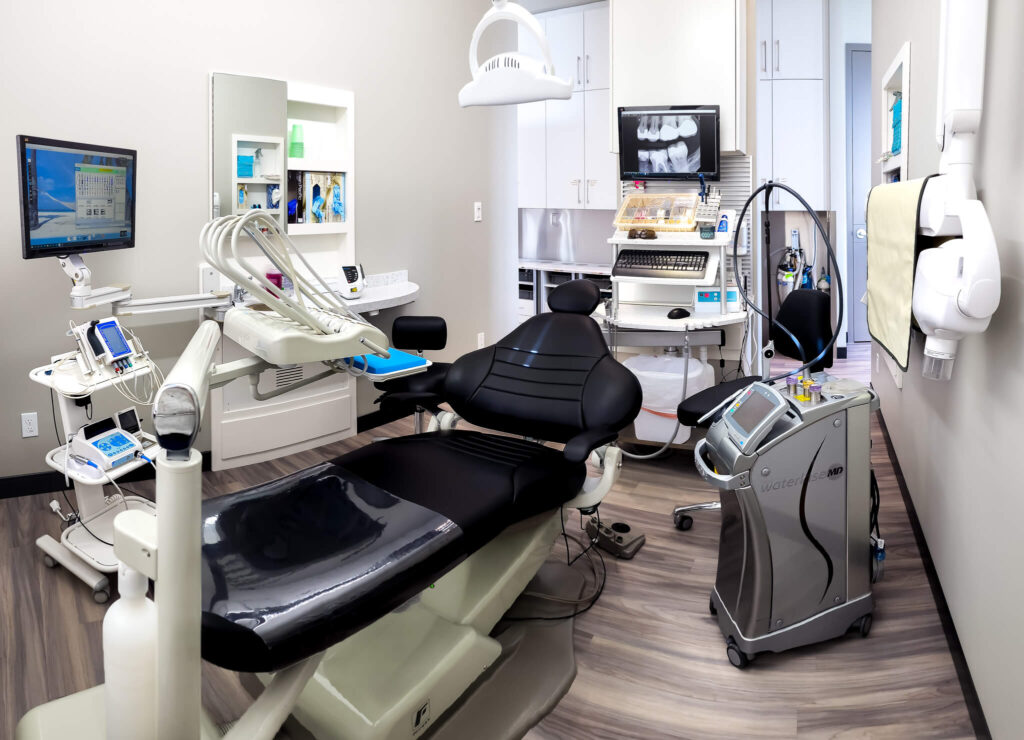
Sedation Dentistry at Bow River Dental Centre
Dentophobia isn’t common, but for those who experience it or general nerves around dental procedures, sedation dentistry is a good solution. In fact, it is preferred for many reasons, not just limited to anxiety.
What Is Sedation Dentistry?
When feeling relaxed and calm before a dental procedure doesn’t feel possible, sedation dentistry can assist. Sometimes referred to as conscious sedation dentistry or twilight sleep, the level of sedation is moderate. While you will technically still be awake, you will be anxiety-free. You are likely to experience some forgetfulness with regard to the procedure.
Who Benefits From Sedation Dentistry?
You don’t have to be a fully-fledged dentophobe to require sedation dentistry! There are many patients whose dental procedures could warrant sedation dentistry. The option could benefit the following patients or situations:
- Dentophobia or severe anxiety related to dental visits or procedures
- Aichmophobia, a fear of needles
- Claustrophobia, a fear of small, enclosed spaces
- Various special needs considerations
- Low sensitivity to local anesthetic
- Sensitive gag reflex
- Extreme teeth and gum sensitivity
- Difficulty sitting still
What Sedation Methods Are Used?
As there are diverse reasons for choosing sedation dentistry, there are a few methods that can be used. When choosing the right level of sedation, your dentist will take your medical history, personal preferences, and the procedure length into account. There are three common types of sedation dentistry: nitrous oxide, oral conscious sedation, and intravenous (IV) sedation.
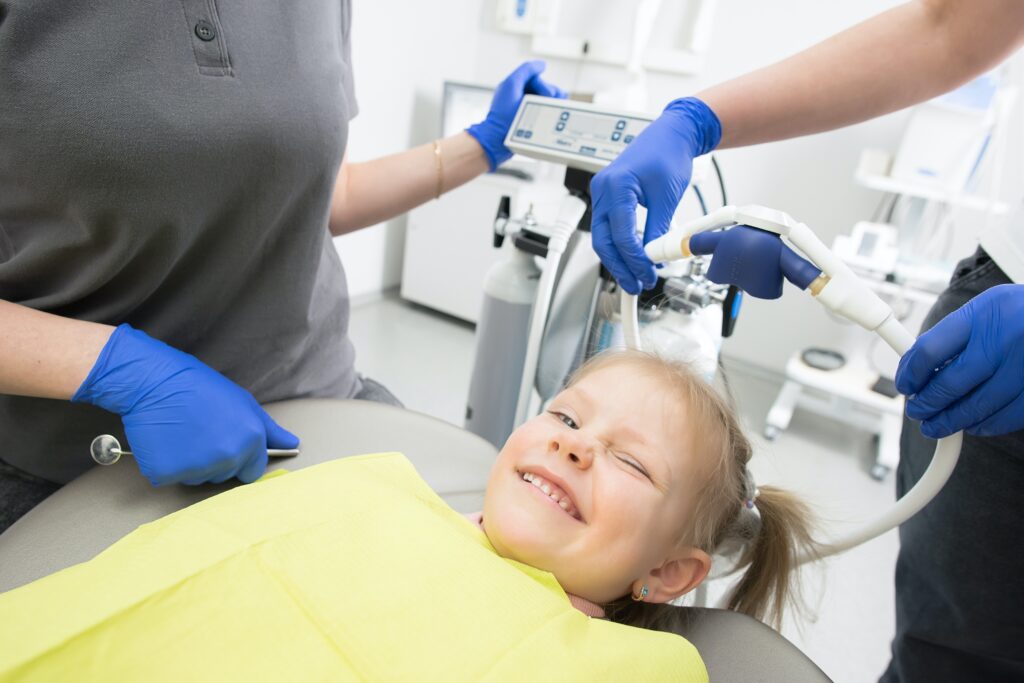
Method 1: Nitrous Oxide
Also known as laughing gas, nitrous oxide is inhaled through a mask or nosepiece right before the procedure. Within 3 – 5 minutes of inhaling the nitrous oxide, the calming effects will begin to take effect. Throughout the procedure, your sedation is monitored closely and dosage will be adjusted by your dentist and their team as necessary.
Nitrous oxide leaves your system quickly once it is flushed with pure oxygen, which you will be given at the end of your treatment. For this reason, you are able to drive after a procedure using nitrous oxide. The same will not apply to the remaining methods!
Method 2: Oral Conscious Sedation
Oral conscious sedation is the administration of sedative medication, usually in the form of a pill. For children, there is also the option to use a liquid sedative medication, such as midazolam. Examples of medications used for adults are triazolam (Halcion®), zaleplon, and lorazepam.
You can expect to remain awake, but groggy during a procedure using oral conscious sedation. There is a strong likelihood that you fall asleep. Unlike nitrous oxide, sedative medication cannot be flushed expediently from your system. You will need to arrange for a ride home after your procedure as this form of sedation affects your memory and motor skills.
Method 3: Intravenous (IV) Sedation
For some dental procedures, it is necessary to use a deep form of conscious sedation which needs to be administered through an IV line directly to your bloodstream. This can be a good option for severely dentophobic or anxious patients. It is also a sound option for more complicated and lengthy forms of oral surgery. During IV sedation, your dental team will monitor your blood pressure, heart rate, and oxygen levels. The dosage can be adjusted and reversal agents can also be used.
As this is the strongest form of sedation, you can expect to fall asleep completely during IV sedation, although you are still conscious. Upon waking, you will not retain any memory of the procedure. You will definitely need to arrange for a ride home after this form of sedation. It is also recommended that you take the following day to rest and recuperate.
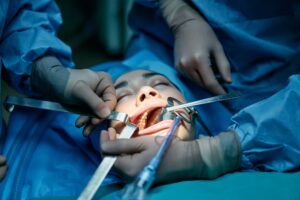
When Is Unconscious Sedation Necessary?
There are some instances where general anesthesia or unconscious sedation can become necessary for oral surgery. When IV sedation isn’t strong enough to put an anxious or dentophobic patient at ease, then general anesthesia becomes a viable solution. In some cases, children or adults with special needs will benefit from this solution, too. This level of sedation is generally undertaken by a qualified anesthesiologist.
The Benefits of Sedation Dentistry
For folks suffering from various phobias, choosing sedation dentistry is a no-brainer! But it’s a great option for many other patients for the following reasons:
- Ease anxiety and phobias
- Create a sense of comfort and calm
- Remove barriers to regular dental visits
- Faster procedure time
Side Effects Associated With Sedation Dentistry
Although sedation dentistry is completely safe when administered at Bow River Dental or another licensed healthcare professional, there is always a small margin for short-term risk.
One of the more significant risks is an unpredictable interaction with prescription medication. This is why your dentist conducts a thorough consultation beforehand, determining your medical history and possible adverse interactions. It is important to know that these drug interactions can manifest differently in some patients and can be unpredictable.
That being said, the more common and predictable side effects of sedation dentistry are:
- Lingering drowsiness
- Dry mouth (xerostomia)
- Nausea and/or vomiting
- Headaches
- Bruising from IV sedation
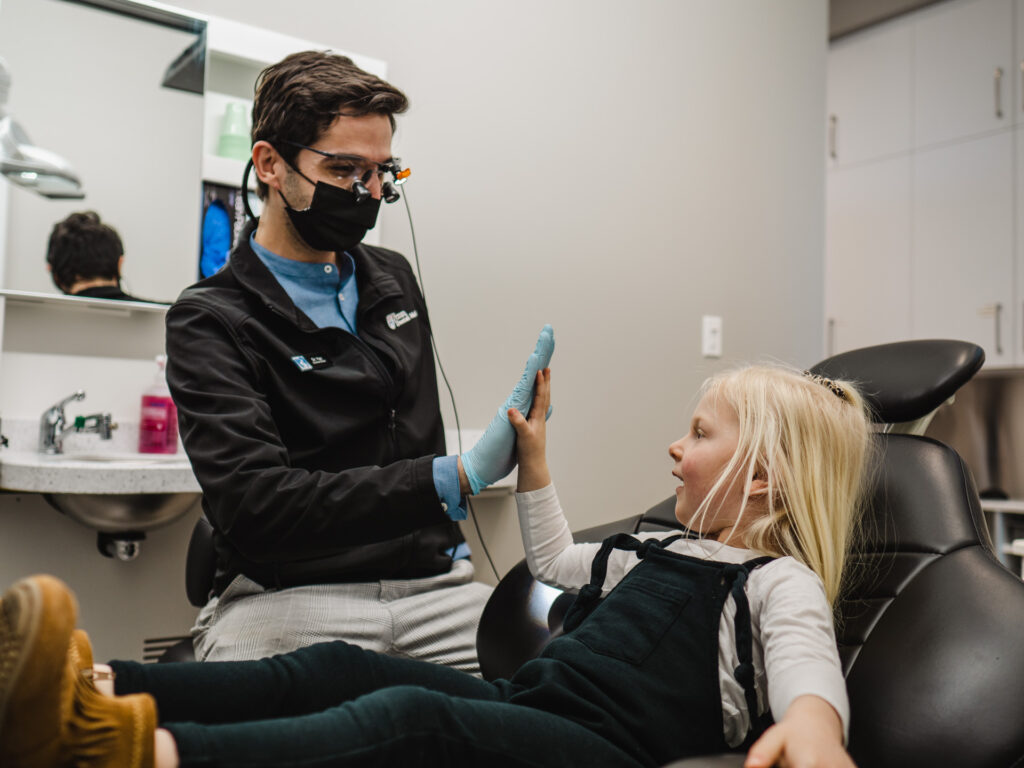
Children and Sedation Dentistry
At Bow River Dental, we understand that parents have additional concerns when it comes to unfamiliar medications and their children.
While sedation dentistry is completely safe for children, they can sometimes be slow to wake following sedation. This is not uncommon. Should this happen here at Bow River Dental, your dentist will monitor your child until they are ready to go home.
The short-lived side effects of sedation dentistry for children are:
- Nausea and/or vomiting
- Fever
- Snoring
- Irritability
If you have any specific questions or concerns about sedation dentistry for your child, please don’t hesitate to get in touch with us directly, we’re here to help!
Step-by-Step Sedation Dentistry: What To Expect
Step 1: Consultation
Before a sedation-requiring procedure, you and your dentist will discuss your options and concerns thoroughly. The necessary level of sedation will be selected in advance. This will be determined using all relevant information, including your medical history.
If you are taking any prescription medications or supplements, you will need to list these specifically. Regular use of blood thinners such as aspirin or warfarin should also be mentioned.
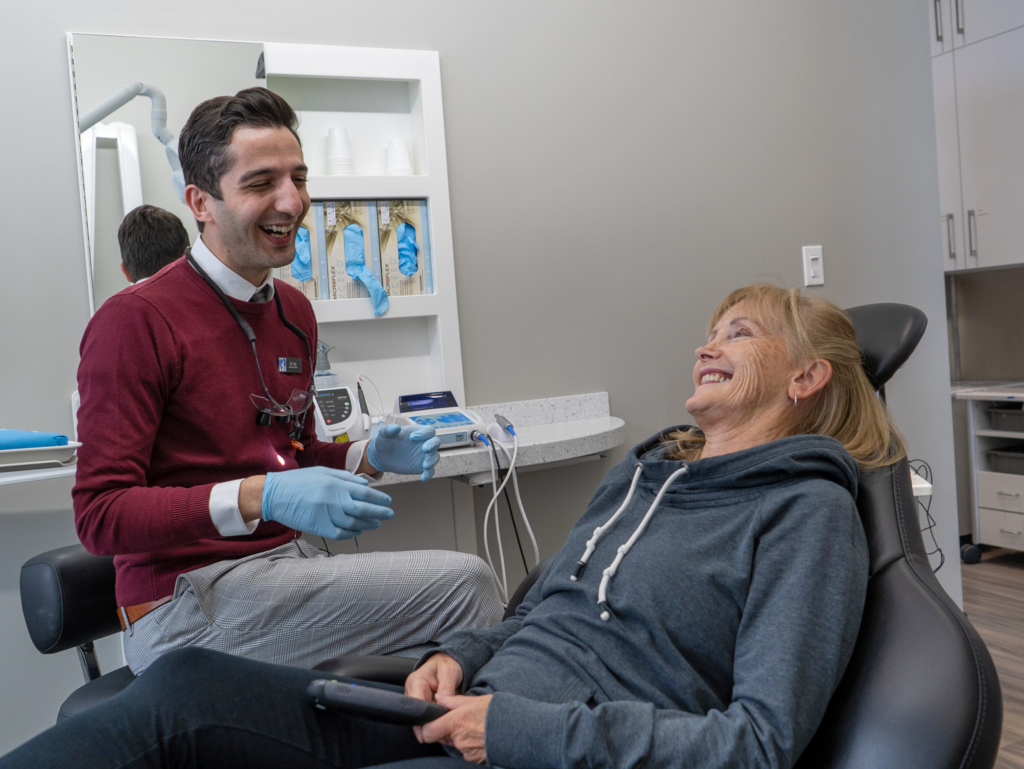
Step 2: Before Your Procedure
Generally, you will be asked to abstain from eating or drinking for about 6-8 hours before a procedure requiring sedation. Prescription medications should be taken as usual, unless your dentist makes an alternative recommendation.
Find a Reliable Friend or Family Member to Get You Home
Following oral conscious or IV sedation, you might be so groggy that you are unable to walk to a vehicle, let alone get out of it. For this reason, we want to ensure that you leave Bow River Dental Centre with someone you know and trust, as they may need to guide you into your home and to bed. If you do need to call a taxi or rideshare, please ensure that a friend or family comes with you.
Step 3: During Your Procedure
Once you get to Bow River Dental Centre, we’ll administer sedative medication before the procedure begins. This will get you relaxed and comfortable before we begin.
When you are feeling good, your dentist will begin applying local anesthetic to your teeth and gums. By the time your procedure begins, you should be feeling relaxed and impervious to pain. You will feel pressure throughout the procedure as your dental team works, but no pain.
Step 4: After Your Procedure
If nitrous oxide was used, then you will be good to go once oxygen has been administered to flush the sedative out of your system. However, if you’ve received conscious or IV sedation, your trusted friend or family member will need to escort you home.
Don’t make any plans, but rather head straight home and prepare to rest. Your escort may need to help you get safely into bed or on the couch. The sedative will naturally take anywhere between 2 to 8 hours to wear off.
Frequently Asked Questions About Sedation Dentistry
How long will it take to recover from sedation dentistry?
Your recovery time will depend on what type of sedation your procedure requires. Additionally, everyone’s body responds a little differently to new medications. Generally, nitrous oxide sedation can be purged using oxygen within 15 to 30 minutes, allowing you to drive home after the procedure. A full recovery from oral conscious and IV sedation typically takes about 24 hours. For this reason, you will need to arrange for trustworthy transport to and assistance getting into your home.
What if my side effects take more than 24 hours to subside?
Get in touch with your dentist if your symptoms persist or worsen after 24 post-surgery hours. Please notify us immediately if the following symptoms persist: nausea, vomiting, a fever above 101 degrees Fahrenheit (38.33 degrees Celsius), or pain that is unresponsive to medication.
I’m pregnant, can I have sedation dentistry?
We do not recommend sedation dentistry for people who are pregnant, as some sedative medications can interfere with healthy fetal development. There are some situations where sedation with nitrous oxide in the second trimester is appropriate. As a general rule, however, most dentists prefer to err on the side of caution, waiting until after pregnancy to administer sedation dentistry.
How long until I can return to school or the office?
Depending on your specific situation and medical history, your ability to return to the office or school after sedation dentistry could vary. Your dentist at Bow River Dental Centre will let you know what to expect, so feel free to ask all and any questions you have during your consultation. Generally, after nitrous oxide sedation, you can return to normal activities right after your procedure. That will not be the case for oral conscious or IV sedation. You will need to wait at least 24 hours before returning to normal activities, including school or work. It’s perfectly common to need longer.
How long until I can drive?
After nitrous oxide, you can drive once you’ve left the office. After oral conscious or IV sedation, you will need to wait at least 24 hours until you drive again. Please ensure you have a trustworthy ride home after your procedure.
How long until I can eat?
Eating and drinking are feasible right after you leave the office. That being said, you may not feel entirely up to it, depending on your procedure. Lingering numbness and drowsiness could dampen your appetite. If you do anticipate being hungry afterward, prepare something light and nutritious in advance, like a smoothie. But if you’re hungry and ready to eat right away, go for it!
What can I eat after sedation dentistry?
Your dentist at Bow River Dental Centre will provide you with a list of guidelines for your procedure. You will receive clear instructions regarding food, which to avoid, and which are safe. Overall, you can expect to eat normally within a week. It can take more or less than that, depending on your procedure.
